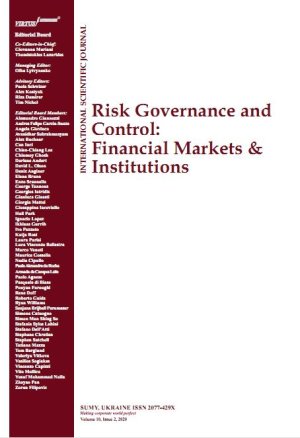
MODELING AND FORECASTING UTILITY RESOURCES USAGE IN AN EMERGING COUNTRY
Download This ArticleNtebogang Dinah Moroke

This work is licensed under a Creative Commons Attribution-NonCommercial 4.0 International License.
Abstract
The purpose of this study is to compare the forecasting efficiency of two univariate time series models, the seasonal autoregressive integrated moving average (SARIMA) and the Holt-Winter’s triple exponential smoothing. A monthly electricity and water consumption data used was sourced from the South African Reserve Bank. This data was available for the period Q3 2008 to Q1 2016. Upon subjecting the data to the diagnostic tests of normality, heteroscedasticity and stationarity, parameters of the selected model were estimated using the maximum likelihood method. Although the two models were found to be good estimators and globally significant, Holt Winter’s triple exponential smoothing (HWTES) was selected as the best forecasting model based on the small forecast errors generated. The forecasts revealed that utility resources demand in South Africa are expected to be high for the period 2016 to 2017 and the trend extends to periods ahead. Using these findings, better strategies on the production and distribution of electricity and water can be formulated. Lives of people in South Africa could also be improved.
Keywords: Utility Resource Usage Forecasting, Holt-Winter’s Exponential Smoothing, SARIMA, Seasonality, Time Series Analysis
How to cite this paper: Moroke, N. D. (2016). Modeling and forecasting utility resources usage in an emerging country. Risk governance & control: financial markets & institutions, 6(4-3), 392-402. https://doi.org/10.22495/rcgv6i4c3art4



















